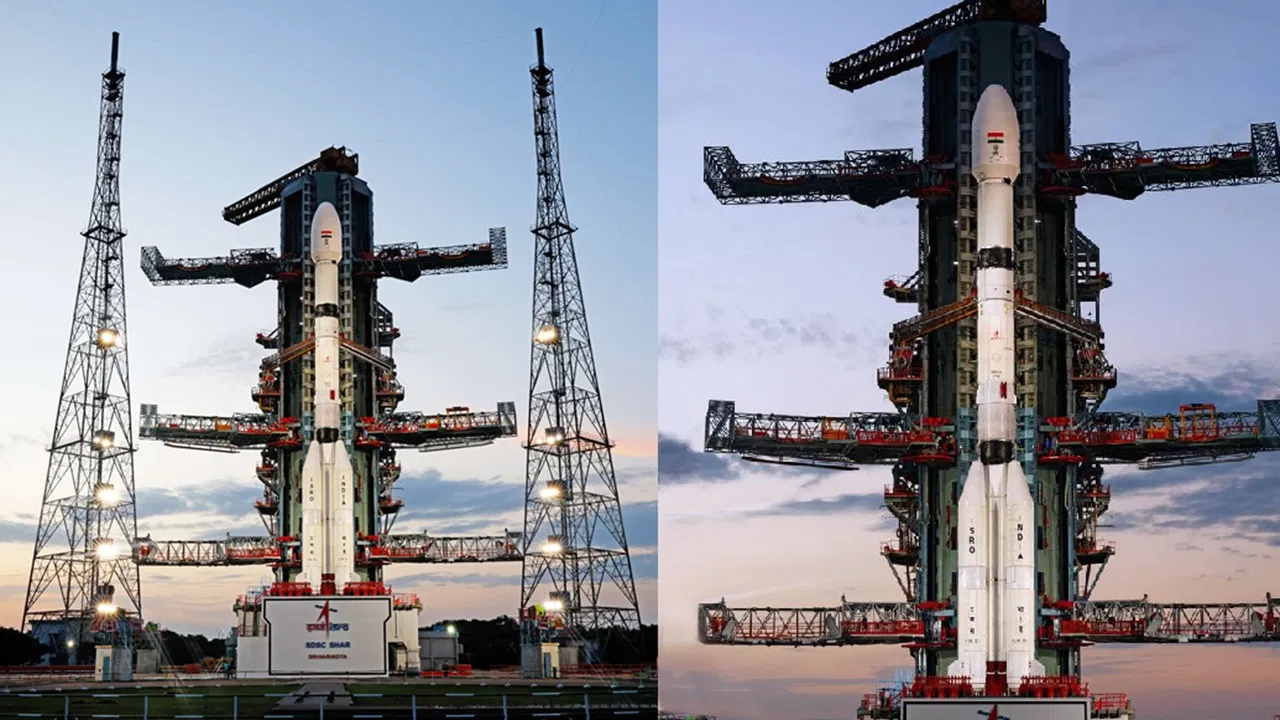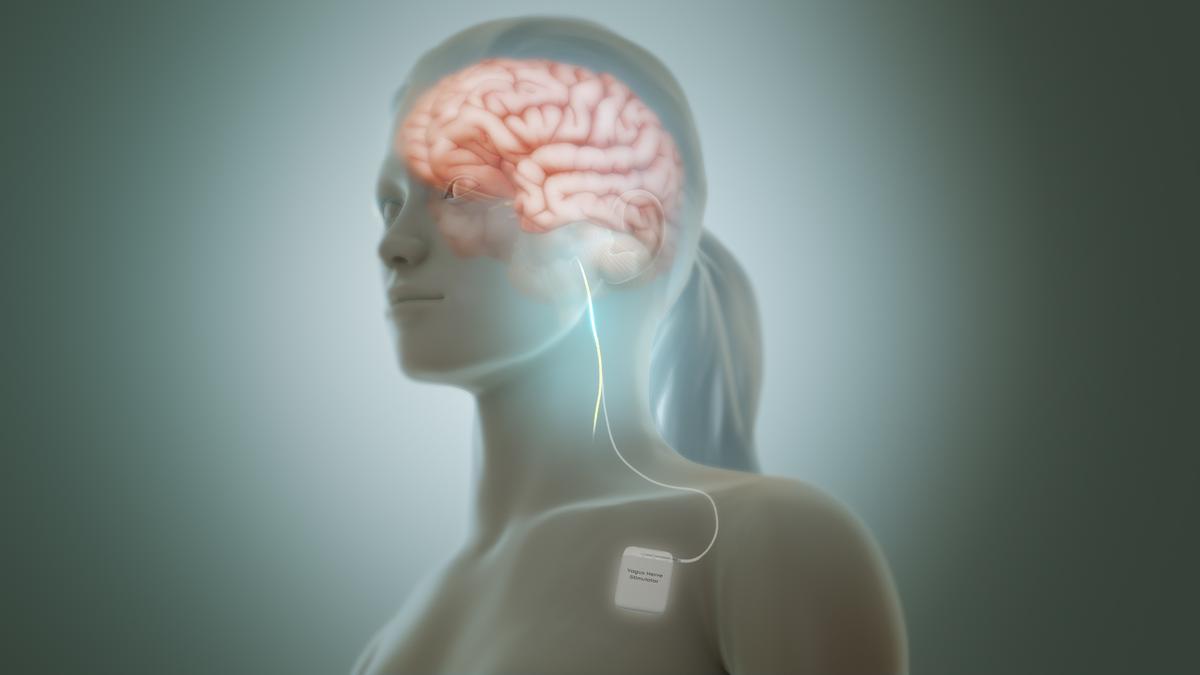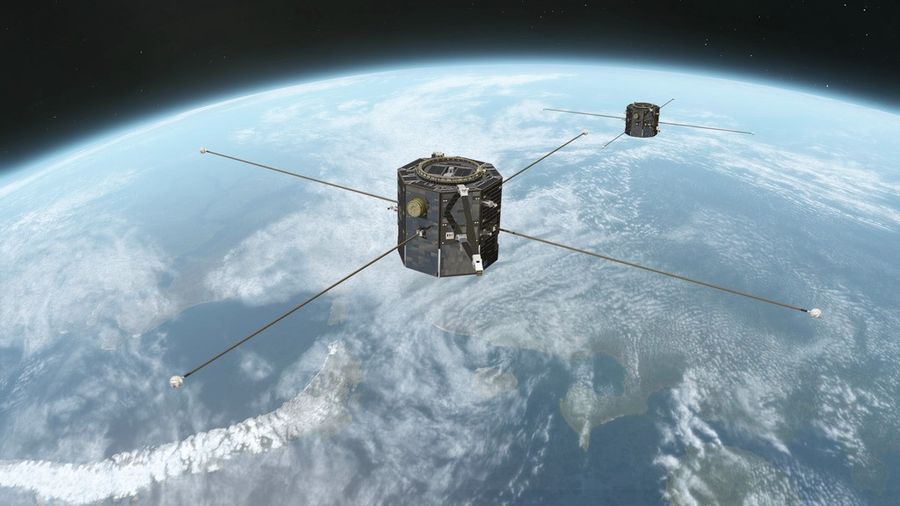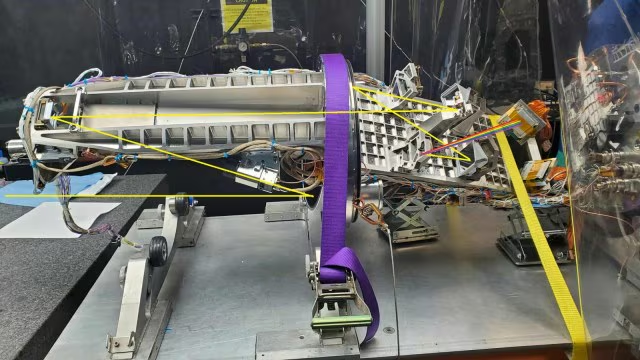



Scientists have discovered that metal nodules on the dark seabed produce oxygen without light, challenging the belief that oxygen production requires sunlight through photosynthesis. The "dark oxygen" mission aims to study the deepest parts of Earth's oceans to understand this non-biological mechanism. Polymetallic nodules generate oxygen through electrochemical reactions.

Copyright infringement not intended
Picture Courtesy: BBC.COM
Scientists who discovered that metal lumps on the dark seabed make oxygen have announced plans to study the deepest parts of Earth's oceans to understand the strange phenomenon.
The "dark oxygen" mission aims to study the deepest parts of Earth's oceans to understand how metal nodules on the dark seabed produce oxygen. Researchers believe this phenomenon could reshape our understanding of life on other planets.
The recent discovery challenges the long-held belief that oxygen production requires sunlight through photosynthesis. If oxygen can form in total darkness, it raises the possibility of oxygen-rich environments—and potentially life—on other planets without sunlight.
Dark Oxygen refers to oxygen being produced thousands of feet below the ocean surface without the need for sunlight or photosynthesis. This process occurs through electrochemical activity rather than biological processes like photosynthesis.
The discovery is significant because it reveals a new, non-biological mechanism of oxygen production deep in the ocean, expanding our understanding of oxygen cycles and marine ecosystems.
At these depths, oxygen comes from polymetallic nodules on the ocean floor. These nodules, composed of metals like manganese, cobalt, and nickel, generate oxygen through electrochemical reactions by splitting water molecules (H₂O) into hydrogen and oxygen.
Polymetallic nodules, also known as manganese nodules, are rock formations found on the ocean floor primarily made up of iron and manganese oxides, with trace amounts of other metals like nickel, copper, cobalt, and sometimes rare earth elements.
They form slowly over millions of years through a process of precipitation from seawater onto a central core, which can be a shell fragment, shark tooth, or even a piece of basalt.
Due to their high concentration of valuable metals, there is growing interest in mining polymetallic nodules for use in batteries, electronics, and other technologies.
Deep-sea mining of polymetallic nodules raises concerns about potential damage to the deep-sea ecosystem, including disturbing sediment plumes and impacting benthic organisms.

Must Read Articles:
Source:
|
PRACTICE QUESTION Q.Consider the following statements about the Dark oxygen: 1. It is produced by the plant during the night. 2. Clarion-Clipperton Zone (CCZ) in the Indian Ocean is home to dark oxygen. Which of the above statements is/are correct? A) 1 only B) 2 only C) Both 1 and 2 D) Neither 1 nor 2 Answer: D Explanation: Statement 1 is incorrect: Dark oxygen is oxygen produced in the deep ocean without sunlight, which is different from oxygen produced by photosynthesis. It's produced by the reaction of metal nodules on the ocean floor with salt water. Statement 2 is incorrect: The Clarion-Clipperton Zone (CCZ) is in the Pacific Ocean, not the Indian Ocean. The CCZ is home to polymetallic nodules, which are coal-like rocks that contain manganese, iron, nickel, copper, and cobalt. These nodules release an electrical charge that splits water molecules into oxygen and hydrogen through electrolysis. This process is called “dark oxygen production” (DOP). |






© 2025 iasgyan. All right reserved